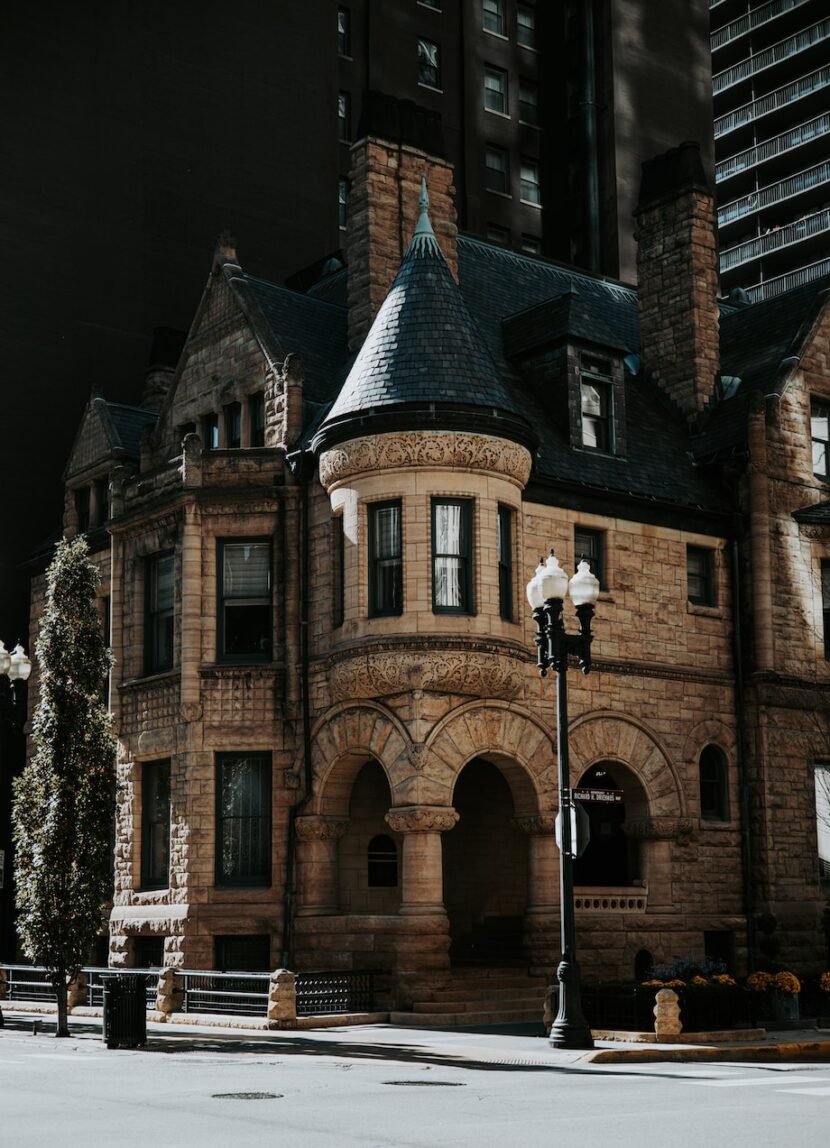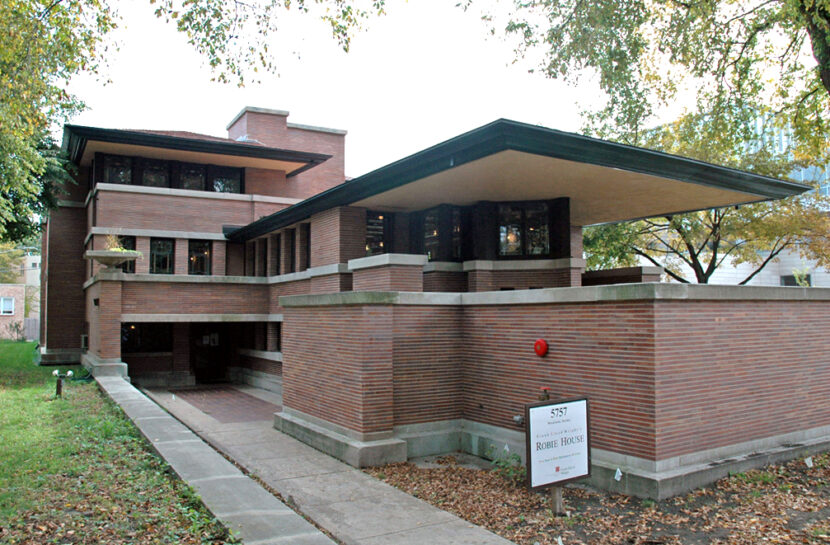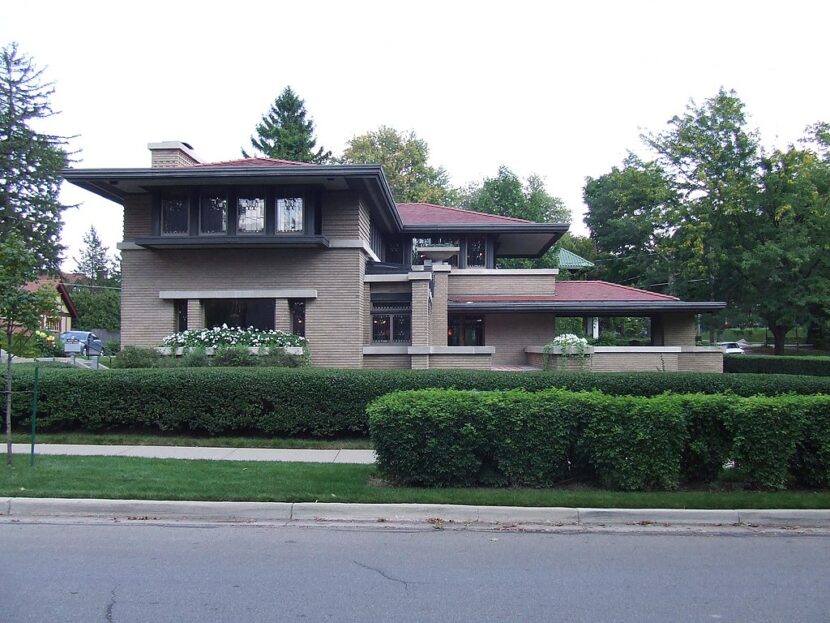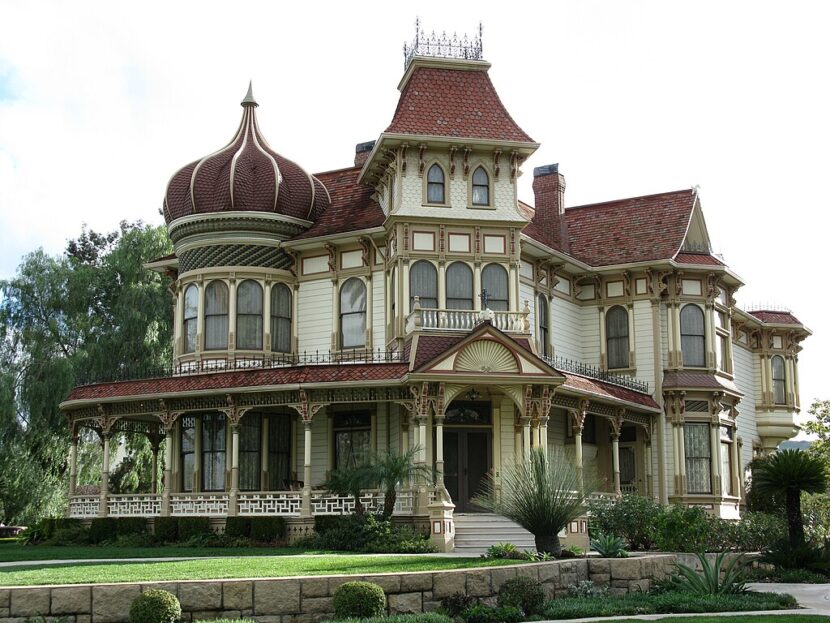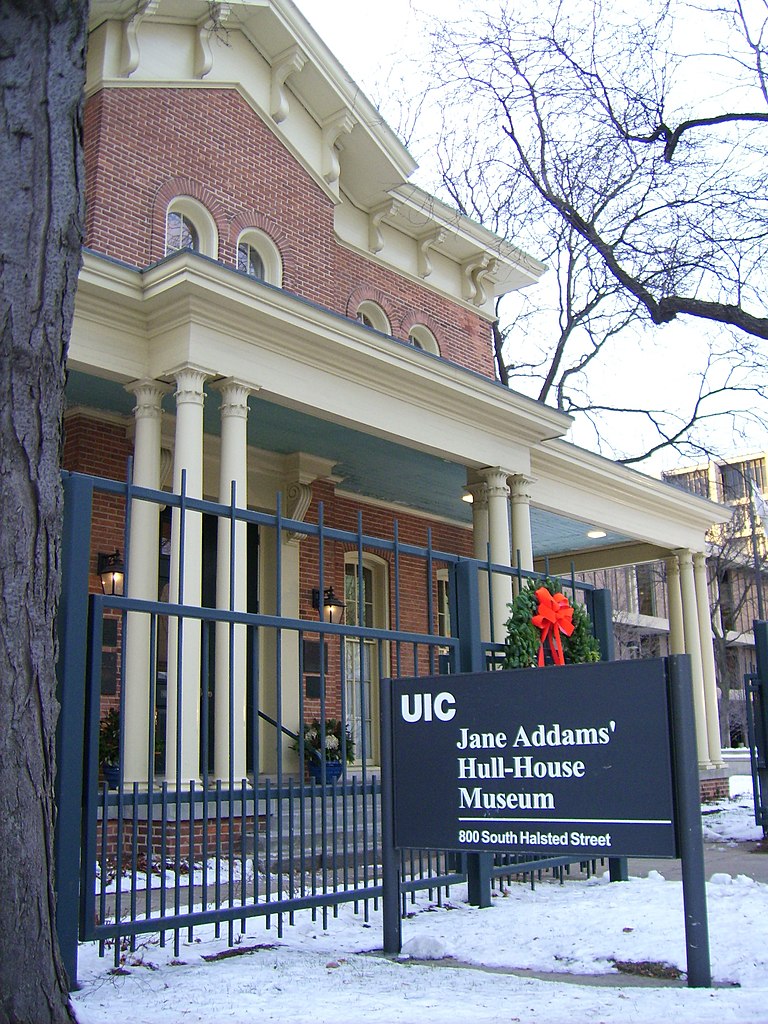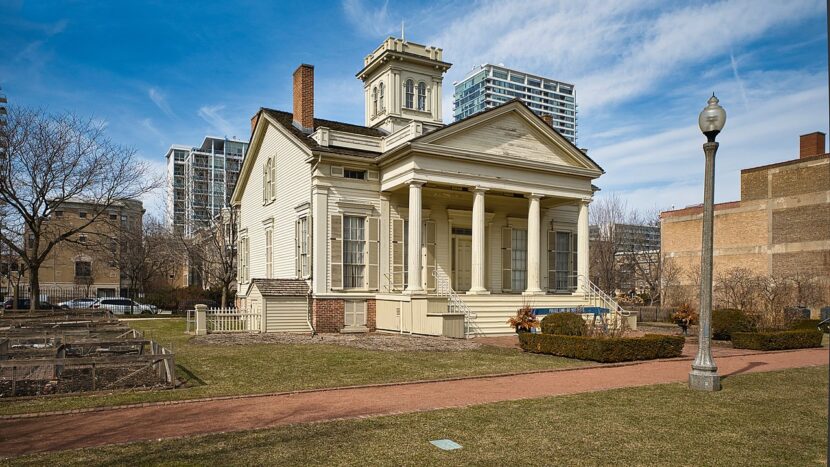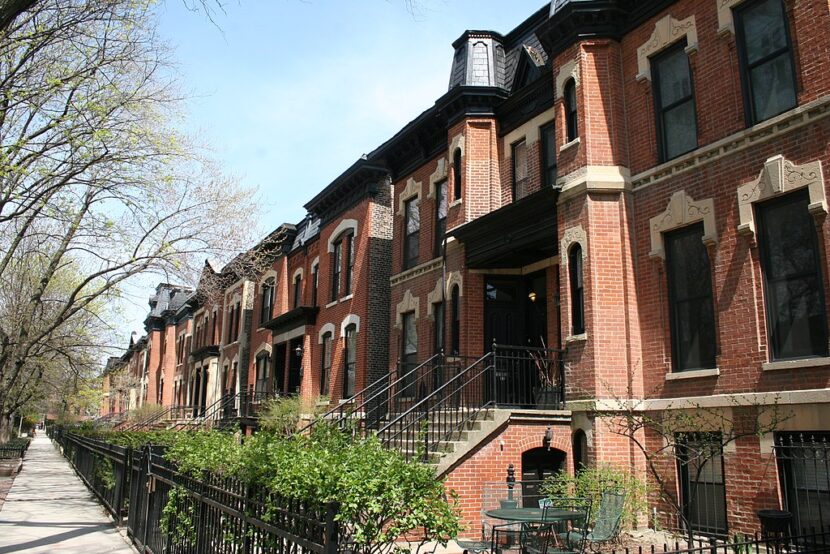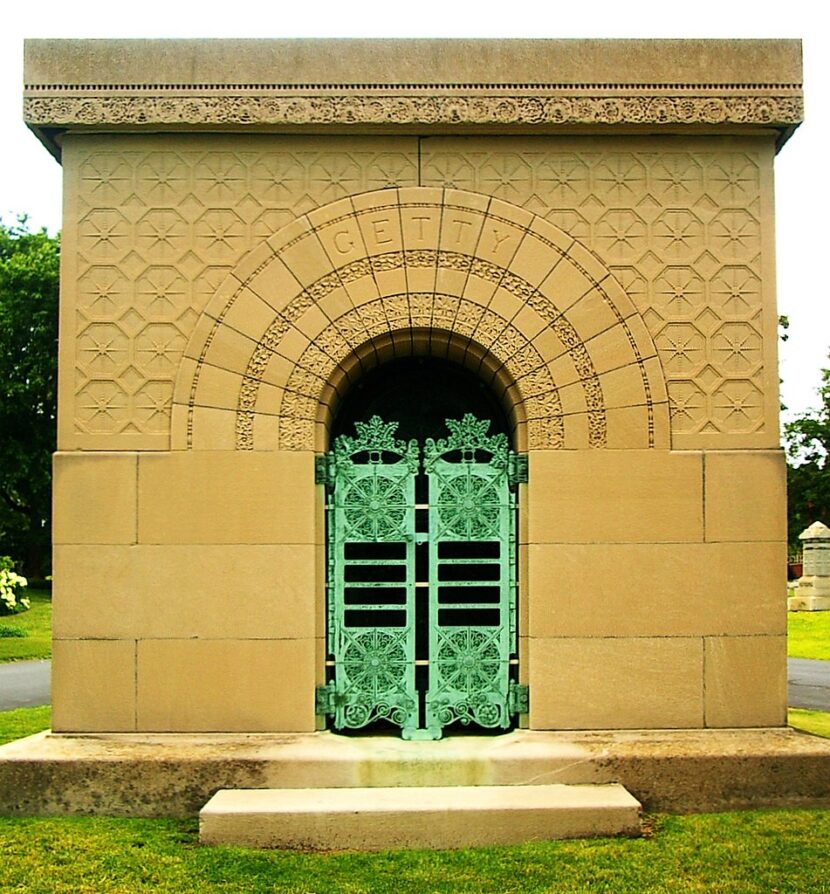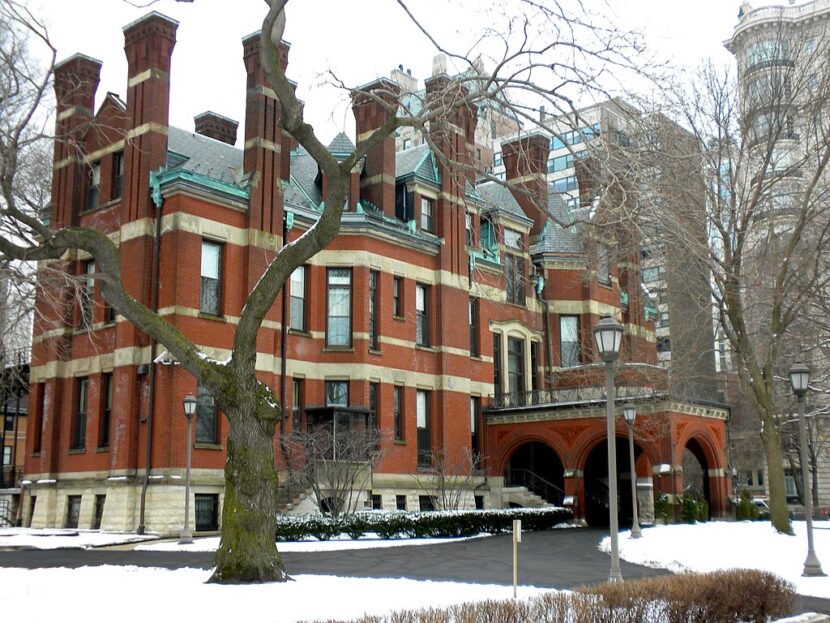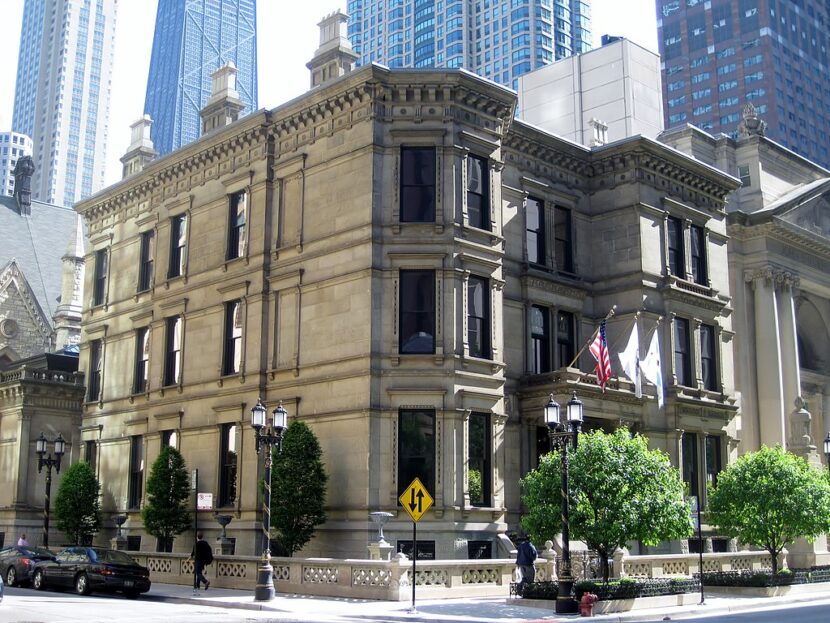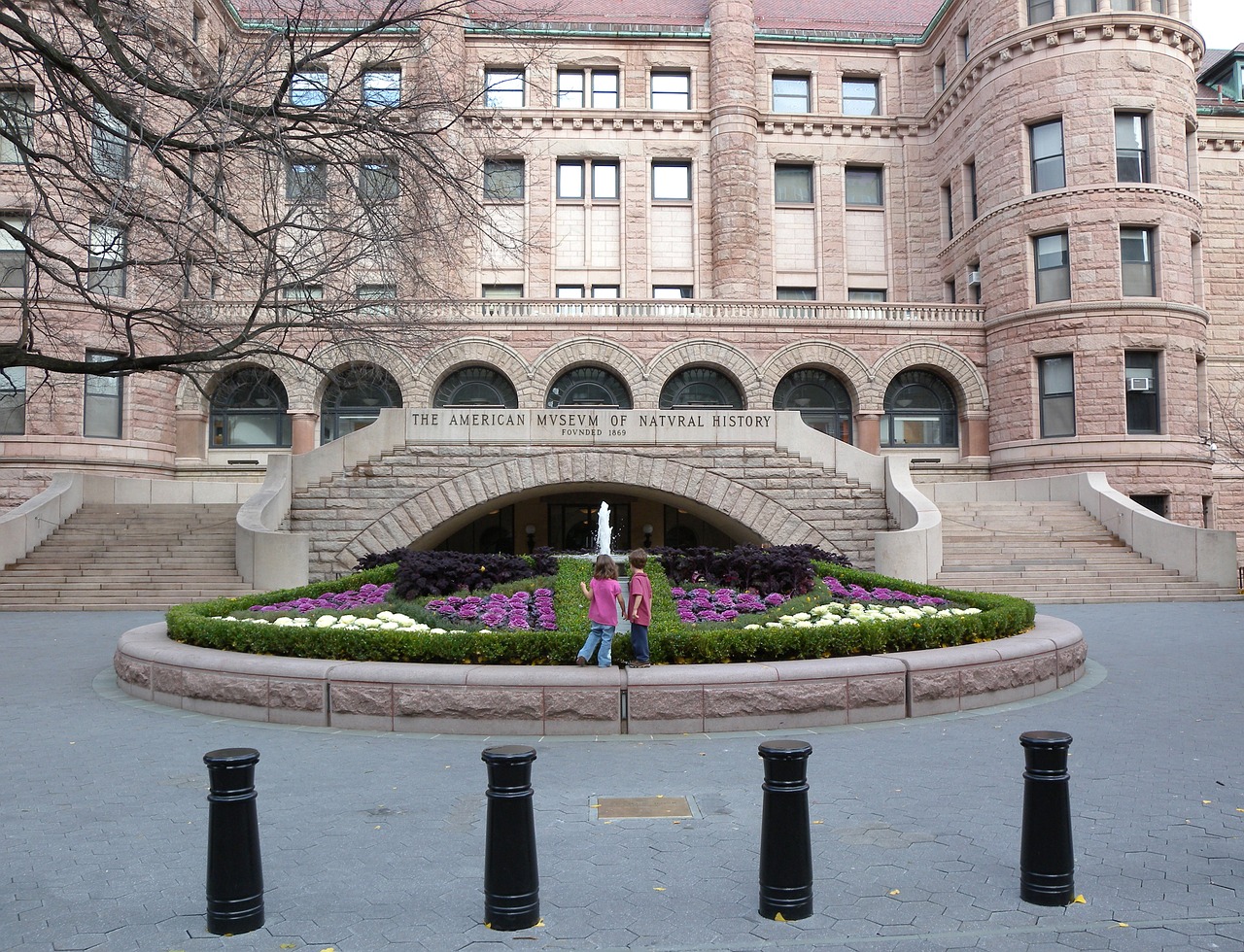Chicago’s legacy is a testament to the city’s history and dynamic growth. Walking through its streets today you’ll encounter a range of buildings from skyscrapers to humble workers’ cottages that date back to the late 1800s. However it is the mansions constructed during the Gilded Age by families that truly captivate. These majestic residences showcase styles and offer glimpses into the vibrant past of this remarkable city.
Embark on a journey through time as we explore Chicago’s houses marveling at their preserved opulence. Follow in the footsteps of architects, like Frank Lloyd Wright. Immerse yourself in first hand accounts of the city’s rich history. The captivating stories of Chicago’s progress are etched into the walls of these wonders.
Gilded Age Mansions of Chicago’s Elite
As Chicago experienced rapid growth after the Great Fire of 1871, the city’s wealthy families sought to build spectacular homes that projected their prosperity and status. Luxury mansions soon appeared along Prairie Avenue on the South Side, with the prominent Glessner House anchoring the neighborhood. Designed by renowned architect Henry Hobson Richardson in 1887 for businessman John Glessner, this imposing fortress-like residence rejected the norms of Victorian architecture with its unusual U-shaped layout surrounding a central courtyard. The rugged Romanesque Revival aesthetic of Glessner House signaled a shift. John Goodrich, of I Buy IL says this saw the switch to a bolder and more American architectural style.
In the Gold Coast neighborhood, exquisite mansions also appeared along Astor Street, including the expanded grand residence of business titan Cyrus McCormick Jr. Designed by architect David Adler, the home mixed Victorian, Classical and Baroque details, with a stone exterior, prominent bay windows, and stately red brick stable that marked it as another striking emblem of affluence. Today, the former McCormick mansion contains upscale condominiums. Nearby homes retain their Gilded Age elegance, reflecting the lavish lifestyles of turn-of-the-century Chicago’s elite.
Prairie School Architecture
Out of all the cities that architects love, Chicago has unique selling points such as the Prairie School movement. Architects of this movement such as Frank Lloyd Wright went against the styles and instead focused on designing homes that blended horizontally with the surrounding natural environment. This style of architecture characterized by its openness and democratic approach truly embodied values.
Wright’s Robie House, completed in 1910, is considered the epitome of Prairie School style. Its strong horizontal lines mimic the flat Midwest prairie, while rows of casement windows unite the home’s interior with the outside environment. Clean geometric forms and abstract ornamentation contrast Victorian excess. Robie House’s simple elegance heralded a boldly American aesthetic, earning it recognition as a National Historic Landmark.
Dan Smith, CC BY-SA 2.5, via Wikimedia Commons
Nearby, Wright’s earlier Gale House exhibits his developing philosophy of organic architecture. Its living areas blend together, creating open-plan interiors evoking the freedom of the prairie. repetitive horizontal wood banding brings the outdoors inside. Though more modest than Robie House, Gale House’s long terraces and unity with nature proved groundbreaking.
Wright also designed many homes in the surrounding Oak Park community. Here you’ll find the Meyer May House, noted for its ribbons of art glass windows. And Wright’s own Prairie-style house and studio stand beautifully preserved, inviting exploration of his creative laboratory. Oak Park contains the world’s largest concentration of Wright homes. Together these architectural wonders reveal his enduring influence.
Jaydec at English Wikipedia, CC BY-SA 3.0, via Wikimedia Commons
Diverse Architectural Styles
Beyond the Prairie School, Chicago is home to mansions representing the diverse architectural styles of the late 19th and early 20th centuries. Contrast Robie House’s clean lines with the ornate Richardsonian Romanesque styling of the Joseph Sears Home. Designed by architect Daniel Burnham, this visual confection is encrusted with rounded turrets, arches, towers, and twisting stonework that reveal the fanciful imaginations of Gilded Age architects.
Chicago’s elite also embraced revival architecture inspired by earlier historic periods. The Second Empire Wheeler-Kohn House features a mansard roof and ornate iron cresting that hint at the sumptuous interiors within. Nearby, the palatial Sara Paretsky Residence fuses Renaissance and Queen Anne elements, with limestone carvings adorning its rounded turrets and arched entryway.
Others opted for the Tudor Revival style, as seen in homes like the John Borling House in Kenwood with its signature half-timbered facades and steep gables. Interiors artfully blend historical design with modern amenities. These diverse mansions remain architectural gems of Chicago.
Though constructed long ago, many historic homes now serve new purposes. The Nickerson Mansion is now the Richard Driehaus Museum, while the former residence of Clarence Buckingham Memorial Fountain designer George William Maher now operates as the exclusive Lake Shore Athletic Club. Adaptive reuse preserves unique architecture while giving new life to mansions as dwellings, offices, clubs, hotels, and more.
Must-See House Museums
For a memorable trip back in time, visit some of Chicago’s remarkable house museums. Tour the Nickerson Mansion, now the Richard Driehaus Museum, and marvel at the preserved interiors and Tiffany glass dome. Originally built as a Gilded Age palace, painstaking restoration returned the “Marble Place” to its former glory. Nearby, Glessner House offers insights into 1800s high society from its collection of art and furnishings. Its stark urban fortress design shocked neighbors in its day.
Gain perspective on Chicago’s immigrant communities and social reform history through Jane Addams Hull-House Museum. Hull-House sheltered new immigrants and campaigned for women’s rights. Previously an elite Victorian mansion, it grew into a 13-building activist settlement. Events and exhibits continue today.
Of course, no history tour is complete without visiting Robie House, now operated by the Frank Lloyd Wright Trust. Expert docents share stories in Wright’s magnificent Prairie-style masterwork. You can envision life in his democratic, nature-centered utopia, preserved through landmark restoration.
Historic Districts
Several Chicago neighborhoods contain clusters of iconic historic homes. Explore the Prairie Avenue Historic District, site of the 1892 World’s Columbian Exposition. Though the fairgrounds are gone, this South Side area retains many mansions now listed on the National Register of Historic Places. Stroll past Clarke House Museum, Chicago’s oldest building, and discover vestiges of the “sunset town” elite.
Chris Rycroft, CC BY 2.0, via Wikimedia Commons
The Midwest Stock Exchange Historic District delivers more architectural eye candy. Admire the Chicago Symphony Orchestra designer’s townhouse, with its rounded corner tower. The Ralph Metcalfe House mixes influences like Moorish, Byzantine and Gothic motifs. Chicago Beer Baron’s Row adds brewers’ mansions to the mix. Each historic district adds layers to the urban fabric.
Diverse neighborhoods invite architectural journeys. In Lincoln Park, bell-shaped chimneys and conical towers distinguish homes in the Victorian Gothic style. Discover urban castles and brick manor homes converted to condos. Hyde Park and Kenwood host the largest concentration of surviving 19th century houses outside Prairie Avenue. View relics of the 1893 World’s Fair in Jackson Park. Chicago’s neighborhoods offer endless inspiration.
Thshriver, CC BY-SA 3.0, via Wikimedia Commons
Renowned Architects of Chicago
Groundbreaking architects left an indelible mark on Chicago’s built environment. Frank Lloyd Wright pioneered organic architecture and local business promotion with the Prairie School movement from his Oak Park studio. His influential works like Robie House unite architecture with nature’s beauty.
Master architect Louis Sullivan applied elaborate ornamentation to commercial buildings like the Getty Tomb, considered his finest architectural creation. But he also mentored Wright during a critical period of development. Sullivan’s dictum “form follows function” became gospel for modern architects.
David Gleason (mindfrieze), CC BY-SA 3.0, via Wikimedia Commons
Daniel Burnham famously coordinated Chicago’s 1893 World’s Fair while designing landmarks like the Ellsworth Building downtown. Burnham understood architecture’s power to uplift the human spirit. He spearheaded the “City Beautiful” movement and helped shape modern Chicago.
Other creative minds also contributed. Henry Hobson Richardson’s imposing Romanesque creations set new standards for American architecture with highly original works like Glessner House. Patrick Feehan oversaw construction of the Archbishop’s Residence, fusing ecclesiastic grandeur with Victorian design. Solon Spencer Beman, one of Burnham’s fair architects, left his creative mark on classical mansions for elite families.
As you explore Chicago’s historic houses, appreciate how these architects pushed boundaries and charted new aesthetic paths. Their enduring masterpieces continue reflecting Chicago’s spirit today.
Marvel at the Exquisite Architectural Details
When you explore these homes take a moment to appreciate the architectural details that go beyond their overall designs. You’ll be captivated by the oak woodwork, the plaster ceilings and the beautiful leaded glass windows. Each of these handcrafted features showcases the mastery of artistry that went into their creation.
Inside Glessner House don’t miss the stenciling and the stunning quarter sawn white oak paneling. The library is adorned with intarsia designs, by renowned designer William Morris. Additionally Burnham & Roots arched interior atrium is a design for its time soaring upward two stories.
As you enter Nickerson Mansion prepare to be awestruck by its marble staircase and elaborate plasterwork. The conservatory shines with a glass dome created by Louis Comfort Tiffany. Inside you’ll find hand carved oak panels and an intricate mosaic marble floor that add elegance to every corner. Outside there’s a surviving Chicago courtyard alley featuring original wood block pavers.
Teemu008 from Palatine, Illinois, CC BY-SA 2.0, via Wikimedia Commons
At Robie House you’ll be mesmerized by the ribbon windows adorned with over 100 pieces of art glass designed by Wright himself. The abstract geometric patterns on the exterior provide a contrast to the plant based designs found inside. Even utilitarian spaces like the carport incorporate Wright’s vision through repeating brick piers. It’s this attention to every detail that truly sets these homes apart.
Final Thoughts
Whether one admires the striking horizontal lines of Robie House or the whimsical turrets of Victorian mansions, Chicago’s wealth of historic homes will inspire. Architectural creativity flourished in the city around the turn of the century, leaving a priceless legacy.
Exploring Chicago’s architectural wonders brings a sense of the past but also an understanding of how modern life is enriched by previous movements and designs. Every house has a story to tell, so stop and take a step inside.

